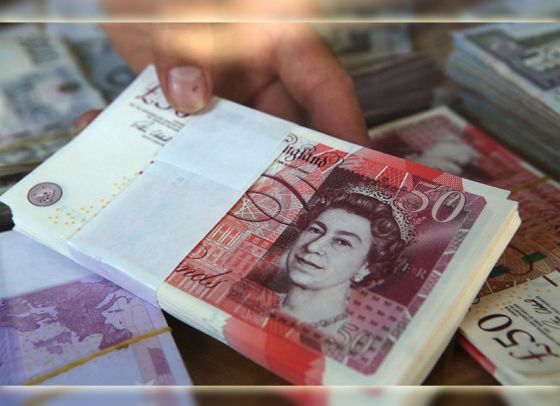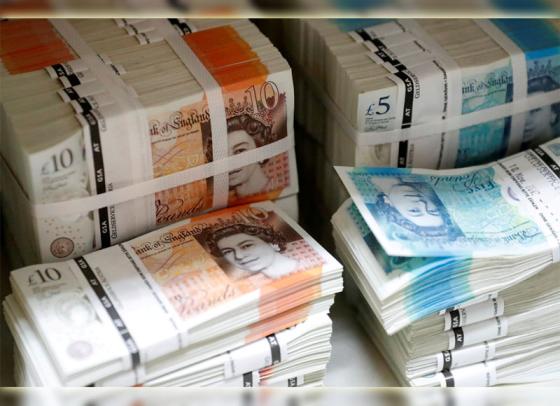Explore the impact of the UK business activity slump on the pound’s significant drop and its implications for interest rates and currency markets. Learn how the Purchasing Managers’ Index (PMI) decline is shaping the Bank of England’s decisions and influencing exchange rates.

The British pound was poised to experience its most significant daily decline against the US dollar in almost a month, following the release of a survey indicating a sharp drop in UK business activity during August. This downturn has led to a reevaluation of expectations regarding the peak level of interest rates.
Based on a preliminary estimate, the S&P Global/CIPS Purchasing Managers‘ Index (PMI) plummeted from 50.8 in July to 47.9 in August. This represents the lowest reading since January 2021. Within this, the manufacturing PMI declined from 45.3 to 42.5, marking its lowest point since May 2020. Similarly, the services sector index fell from 51.5 to 48.7, matching the lowest level seen in January of the same year.
Danske Bank analyst Kirstine Kundby-Nielsen noted, “Crucially, both the services and composite PMI have now dipped below 50, indicating a contraction. This suggests that some of the prior interest rate hikes by the Bank of England are beginning to take effect, which is reflected in the pound’s movement today.”

READ THIS:
- Deciphering the Decline in Scotland’s Housing Market Prices: Analysts Anticipate a 15.7% Decrease by 2025
- Nationwide Building Society Slashes Mortgage Rates: Up to 0.40% Decrease Accompanying Base Rate Shifts
The pound had slipped by 0.8% against the dollar, reaching $1.2632. This stands as its weakest point since August 14, marking the most substantial daily drop against the US dollar since July 27. Against the euro, the pound dipped 0.4%, with the euro buying 85.56 pence. The euro had earlier reached its highest level against the pound in a year after a separate survey indicated a significant contraction in German business activity in August.
As a result of the softer data, money market traders have tempered their expectations for the eventual peak of Bank of England (BoE) interest rates. Despite the central bank having raised rates 14 times since December 2021, bringing them to 5.25%, the initial anticipation of reaching 6% has waned. The revised outlook now suggests just two more 25 basis point rate hikes, taking rates to 5.75%.
Nomura’s senior G10 FX strategist, Jordan Rochester, predicts that the pound will further decline to $1.22. This projection is based on mounting evidence of an economic slowdown and an anticipated pause in BoE rate hikes later in the year.
Rochester commented, “Yesterday, the Confederation of British Industry (CBI) indicated that the UK wasn’t grappling with an inflation issue… and today, it’s the PMIs.” This references data from the CBI on Tuesday, which revealed that manufacturers’ output price expectations had dropped to their lowest point since February 2021.
READ MORE: